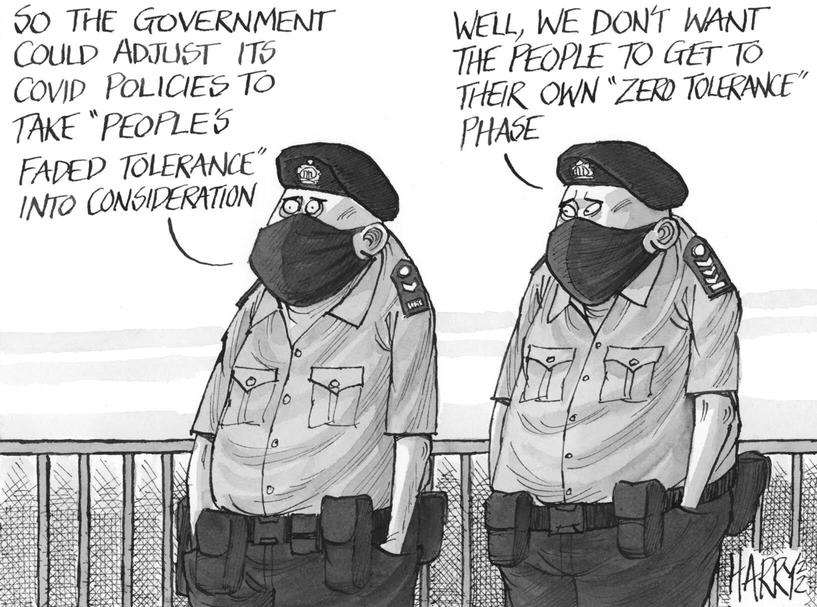A simple modification in the methods used to virtually engage Black patients and physicians may help to reduce racial inequity in US telemedicine.
A new research letter from the Perelman School of Medicine at the University of Pennsylvania showed that Black patients with cardiovascular disease covered under Medicaid and Medicare insurance are significantly more likely to share blood pressure measures with their clinician via text than a healthcare system online patient portal.
The findings from the small-scale population—albeit, possibly the first of its kind conducted during the COVID-19 pandemic—highlights the importance of using patient-preferred technology to conduct telehealth practice among minority and low-income patient populations.
What’s more, the findings underscore the necessity to continually refine telehealth practice, system by system, as it becomes more readily adopted during and after the pandemic.
Led by Lauren A. Eberly, MD, MPH, of the Division of Cardiovascular Medicine at Perelman, investigators sought to assess the uptake and acceptability of a text-based model for at-home blood pressure monitoring, versus an online patient portal, among a population of Black patients with Medicaid or Medicare insurance and either hypertension plus cardiovascular disease or risk for it.
As investigators noted, medically uncontrolled hypertension and cardiovascular disease is disproportionately greater among Black patients—likely meaning that current methods of monitoring and care are not as accepted among such patients.
“Self-measured blood pressure (BP) is associated with improved BP control, especially when combined with telemonitoring,” they wrote. “However, disparities in telemedicine access may limit the benefit of home BP monitoring for Black patients.”
Their pilot randomized clinical trial included 20 self-described Black patients with either forms of federal insurance who were seen for an in-person cardiology consultation and diagnosed with either hypertension and cardiovascular disease, or ≥1 cardiovascular risk factor. Eligible patients spoke English, did not have blood pressure cuff, and had either internet access of a phone with texting capabilities.
Patients were randomized 1:1 to either text-based or online patient portal care from November 2020 to February 2021. The patient portal, deemed standard-of-care protocol, was accessible via smartphone app or web browser.

Clinicians provided patients with an automatic upper-arm blood pressure cuff from Omron as well as in-person instructions on checking their own blood pressure. Patients were then instructed to check their pressure twice daily over 14 days.
The text-based patient group received daily text reminders and an automated reply based on their blood pressure measurement. Measurements were sent to providers at the end of the trial period. The online portal group were instructed to enroll and upload their measurements, either daily or at the end of 14 days.
Investigators gave patients an additional 14 dysfunction to provide measurements at the end of the 14-day measurement period. Investigators sought a primary outcome of number of blood pressure measurements and proportion of patients submitting ≥1 measurement. Surveys were sent to patients at the conclusion of the 28-day follow-up.
The 20-patient population included 10 (50.0%) women and 13 (65.0%) Medicaid recipients. Mean patient age was 55 years old. Another 17 (85.0%) were diagnosed as obese, and 13 (65.0%) had hyperlipidemia.
Each of the 10 patients in the text-based group sent ≥1 blood pressure measurement to their clinician, while just 3 (30.0%) of patients in the online portal group submitted ≥1 measurement (P = .001). The mean rate of blood pressure measurements sent per patient was 20.9 among the text-based group, versus just 3.9 among the online portal group (P
In the survey response, all 10 text-based group patients described the measurement practice as “very easy,” versus none in the online portal group (P
The findings were affirmative that uptake of and satisfaction with a text-based program was greater than that with an online patient portal—a significant yet unsurprising outcome considering the historically more untreated patient population being assessed.
“The use of technology to manage chronic diseases may exacerbate disparities in health care; however, the type of technology used is important,” investigators wrote. “Although enrollment in this study required broadband access, accessing online patient portals may be prohibitive for patients from historically marginalized groups.”
Eberly and colleagues concluded noting that the “digital divide” has been well-documented among Black and low-income patients; previous research during the pandemic shows significantly lower rates of telemedicine visits among these patients as well. But text-based communication has consistently shown to be an effective method for both these patients and their clinicians.
But more research is necessary following this pilot trial.
“At our institution, a text-based program for BP management among postpartum women was shown to improve patient outcomes and reduce health care disparities,” investigators concluded. “ These results should be confirmed in larger studies because text-based care may be an effective way to reach patients who have historically faced barriers to accessing care for chronic conditions.”
The study, “Evaluation of Online Patient Portal vs Text-Based Blood Pressure Monitoring Among Black Patients With Medicaid and Medicare Insurance Who Have Hypertension and Cardiovascular Disease,” was published online in JAMA Network Open.
